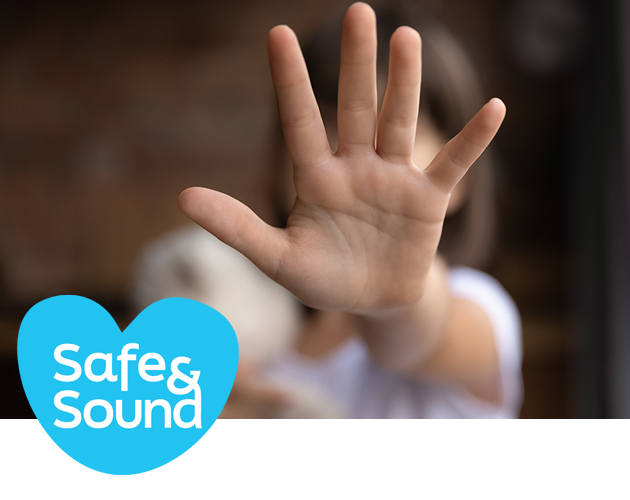- 541-734-KIDS (5437)
- Report Abuse

Today we’re talking about consent.
When we say that word, what runs through your mind? What do you think runs through the mind of a child or teen? Adults tend to think of consent only as pertaining to sex and sex education. But consent can be about more than sexual contact.
Consent is about having control of your body. How you talk about consent with kids will change as they get older. And that’s important to understand: you need to keep talking about consent year after year, so kids understand how it applies to new situations. Frequent talks about consent also help reinforce the message behind it all: your body is your own and you get to decide how others interact with it.
At Home
From the outset, you can be a model of consent by asking your child if you can display physical affection. Ask “May I have a hug?” or “May I have a kiss?” It might feel odd, but you are beginning to teach a critical piece of safety.
At the Doctor’s and Dentist’s office
Have a conversation with your child and explain that they have the power of consent even at the doctor’s or dentist’s office. All adults—even doctors and dentists—should always ask permission to touch. Reassure your child that you will be present at all times (until they reach the age where it is appropriate for them to have conversations alone with their doctor). You should also have the practitioner’s office put a note in your child’s chart to make sure to ask for permission to engage with their body. If the doctor or dentist needs to have a discussion about it, they can talk to you and you can explain your rationale.
With Friends and Family
It’s not uncommon for parents or caregivers to encourage kids to give physical touch to extended family. For example: “Go give so and so a hug.” It can be hard to draw body boundaries with family, but it’s crucial that you let your child do so. Why? Because otherwise, you’re teaching your child that there are some people they have to interact with in ways that might make them feel uncomfortable or unsafe simply because those people hold a certain position in their life. Reinforce the idea that you do not have to hug someone if you don’t want to. Give kids the power to say no and the freedom to choose other options—like giving a high five, fist bump, or even a wave. Remember: a child’s “no” is just as valid as an adult’s.
In a Romantic Relationship
When addressing what consent looks like in a romantic relationship, you will want to discuss what a healthy relationship looks like. Don’t worry—we will be covering that tomorrow in Day 4! Additionally, you want to explain that just because your child is in a romantic relationship doesn’t give either person a free pass to do whatever they want (whenever they want) to the other person’s body. If the relationship is healthy, saying “no” to physical touch—at any point, regardless of what you may have said yesterday, an hour ago, or a second ago—should be enough to make it stop.
Young kids: Review the definitions of relevant words, i.e. body, space, touch, stop, etc. When you are playing with your child(ren) and they ask to stop or get down, respond immediately. Then explain that whenever your child asks someone to stop doing something, the other person needs to listen.
School-age kids: Watch this YouTube video with your kiddo(s). Find teachable moments in TV shows and movies. Ask your child, “How do you think he knew that she wanted him to kiss her?” Be curious. Ask questions like, “What do you think about when you hear the word ‘consent’?” and “Are there areas in your life where consent is important to you?”
Older youth & teens: Discuss how consent can and should be present in romantic relationships. Ask if your teen recognizes how substances can affect a person’s consent. Go over verbal and non-verbal forms of consent.
That’s it for Day 3! See you tomorrow!